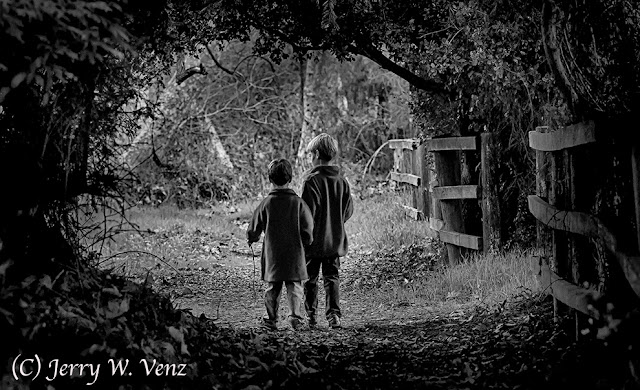I learned over 40 years ago talking to established professional photographers about where I should invest my money in photography equipment and every one of them said: “Put your money in your lenses.” You can save money in other gear like your tripod, camera bags, even your camera bodies, but not on lenses!
That’s why I’m not favorably impressed upon the announcement that Tamron has released an ultra tele-zoom with the widest zoom range yet—18-400mm; f3.5-6.3 for $649.00 This new lens, like its predecessors offering 18-200mm and 18-300mm, is still saddled with the same f3.5-6.3 variable apertures that makes all of these “all-in-one” zooms useless for professional portrait work.
Aperture control:
Why is that you ask? Well, for the amateur photographers reading this that don’t know how one of these “all-in-one” zooms function, here’s the problem with these things: the variable aperture zoom lens only gives you its widest aperture f3.5 at 18mm and as soon as you start zooming it starts reducing the maximum aperture until you reach its maximum telephoto (200, 300, or 400mm) where the widest aperture is a paltry f6.3. What’s wrong with f6.3 you ask? Well, if you are ONLY photographing group portraits, absolutely nothing. If I’m photographing an individual’s portrait I, like most professionals, want my aperture at f2.8 to f4.5 when my lens is zoomed in say at 200mm or 300mm. That’s how professionals create portraits with separation between the background and the subject, while giving the background a nice painterly defused glow and/or Bokeh effect to the specular highlights.
Like this:
 |
|
f2.8 @ 1/250 sec., ISO 800; Lens @ 200mm
|
The worst thing about the variable aperture lens is that you, the photographer, have fewer choices in what you can pick for an aperture at a given focal length; the damn lens is telling you what you’re getting! The f-stop is too important a decision, in professional photography, to be left up to a compromised lens design.
Auto Focus:
Another downside created by the relatively small maximum apertures of these “all-in-ones” is how they work (or don’t work) with your camera’s auto-focus system. Many camera’s auto-focus systems require apertures of f5.6 or wider to function properly. They need LIGHT to detect the contrast in a scene to lock focus quickly and accurately. That is another thing that we as professionals cannot compromise on! We rely on our auto-focus completely (don’t even try to manually focus a modern lens!) to “get the shot”. If our auto-focus does not work our yield goes down and that translates into a loss of income! If you do any action or sports photography the temptation in buying an “all-in-one” that teases you with 200, 300 or 400mm capability (especially at $649.00) is easily dashed when you discover that these lenses autofocus worse (or not at all!) at the best focal lengths ( 200, 300, and 400mm) for sports!
Sharpness, Chromatic Aberrations:
Yes, there’s more that these lenses are plagued with… Again, if you intend to use these lenses at their long focal lengths, guess what? That’s exactly where they are the Least sharp! Where are they the sharpest? At their Wide focal lengths—great….
Next, to quote dpreview.com, “A generous helping of chromatic aberration is to be expected with a SuperZoom.” This lens flaw is color shifting towards the edges when at wide-angle. It can also happen in the telephoto ranges as well.
Finally, Distortion
All lenses distort and you as a photographer have the ability to lessen how much by watching your camera to subject distance and by using longer focal lengths when possible. However, these “all-in-ones” can have plenty of barrel distortion at wide and strong pincushion distortion at longer focal lengths.
So, it just may be that spending $649.00 on a lens that can sabotage your image quality is spending too much! Spending twice as much—or more—on a lens that can do what YOU want it to do can be a wise, creative, investment.
Here’s my favorite lens…
 |
| The Canon 70-200 f2.8 Lens |
The Canon 70-200 f2.8 lens is simply the Best lens I’ve ever owned in over 40 years in photography. It has paid for itself many times over in portrait sales, International PPA Competitions, and rock solid reliability because of its beautiful build quality.
’Til next week….
Author: Jerry W. Venz. PPA Master Photographer, Craftsman
Training site: http://www.LightAtTheEdge.com
Client site: http://www.TheStorytellersUsa.com









